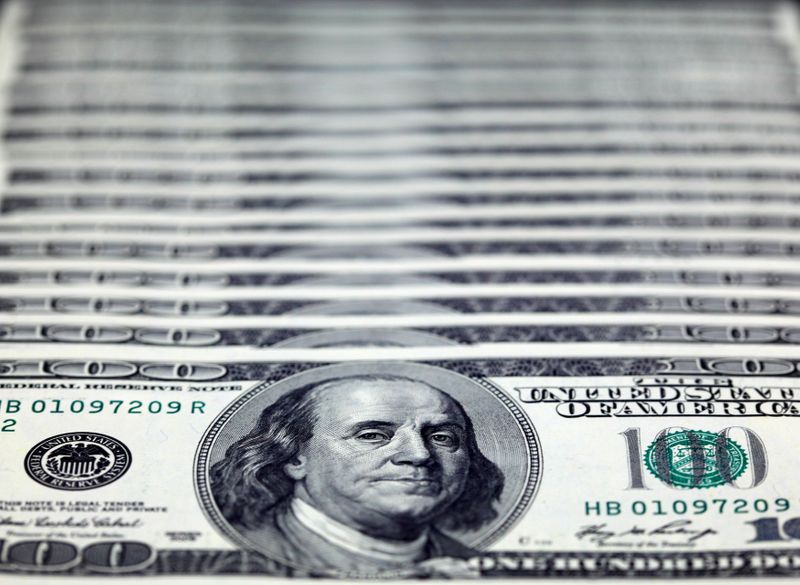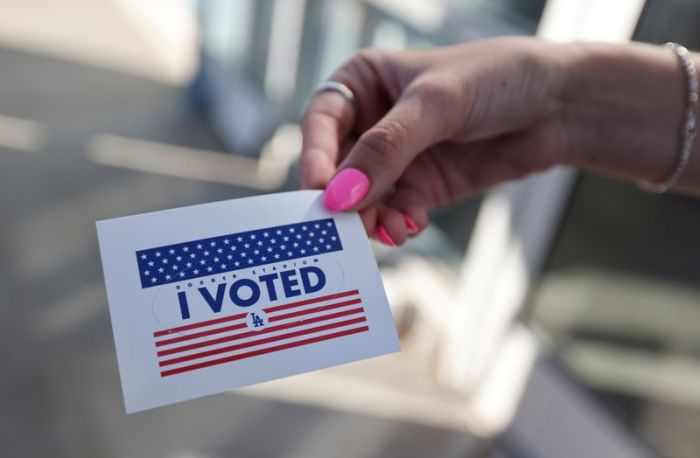NEW YORK (Reuters) – The U.S. dollar dipped on Tuesday on stronger risk appetite as investors positioned for the prospect that Democrat Joe Biden will win Tuesday’s U.S. presidential election and launch a large new stimulus package to boost the economy.
Biden has led in national polls but President Donald Trump is close in enough swing states to piece together the 270 state-by-state Electoral College votes needed to hold the presidency, which he won in a surprise 2016 election result.
Analysts believe a Biden win would weaken the dollar as the former vice president is expected to spend big on stimulus and to take a freer approach to trade, boosting other currencies at the dollar’s expense. Fiscal spending would likely be even higher if Democrats also take control of the U.S. Senate.
“It appears that markets are pricing in solid odds of a Blue Wave today, implying significant fiscal stimulus and debt issuance seen in 2021,” Win Thin, global head of currency strategy at Brown Brothers Harriman, said in a report.
The dollar index measuring the greenback against a basket of currencies <=USD> fell 0.51% to 93.55.
The euro <EUR=> jumped 0.55% to $1.1704, after hitting technical support at $1.1621 on Monday, which was a one-month low.
The dollar fell 0.13% against the yen <JPY=> to 104.7 yen.
The greenback was boosted last week on concerns that the election result may not be clear for days or even weeks due to a large increase in mail-in ballots and on possible legal challenges.
Rather than outright bets on a particular outcome, many traders have also flocked to the safety of dollars so they are well-positioned to take advantage of volatility when results arrive.
“Those who haven’t hedged yet, but who would feel the pain in case of strong moves, should hedge themselves as soon as possible, as it is getting increasingly expensive,” Commerzbank strategist Antje Praefcke wrote in a note to clients.
Overnight gauges of volatility for major currency pairs jumped to multi-month highs ahead of the election outcome.
Euro/dollar implied volatility <EURONO=FN> surged to 19%, its highest level since the depths of the market mayhem in March, compared with less than 7% on Monday.
Higher-risk currencies, including the Australian dollar, outperformed, with the Aussie rising 1.25% to $0.7141, even after Australia’s central bank trimmed interest rates to near zero and ramped up its bond-buying plans.
It <AUD=> earlier reached $0.7174, the highest since Oct. 14.
The Federal Reserve will conclude a two-day meeting on Wednesday. U.S. Jobs data for October is also in focus on Friday.
(Additional reporting by Julien Ponthus in London; Editing by Nick Macfie and Dan Grebler)























